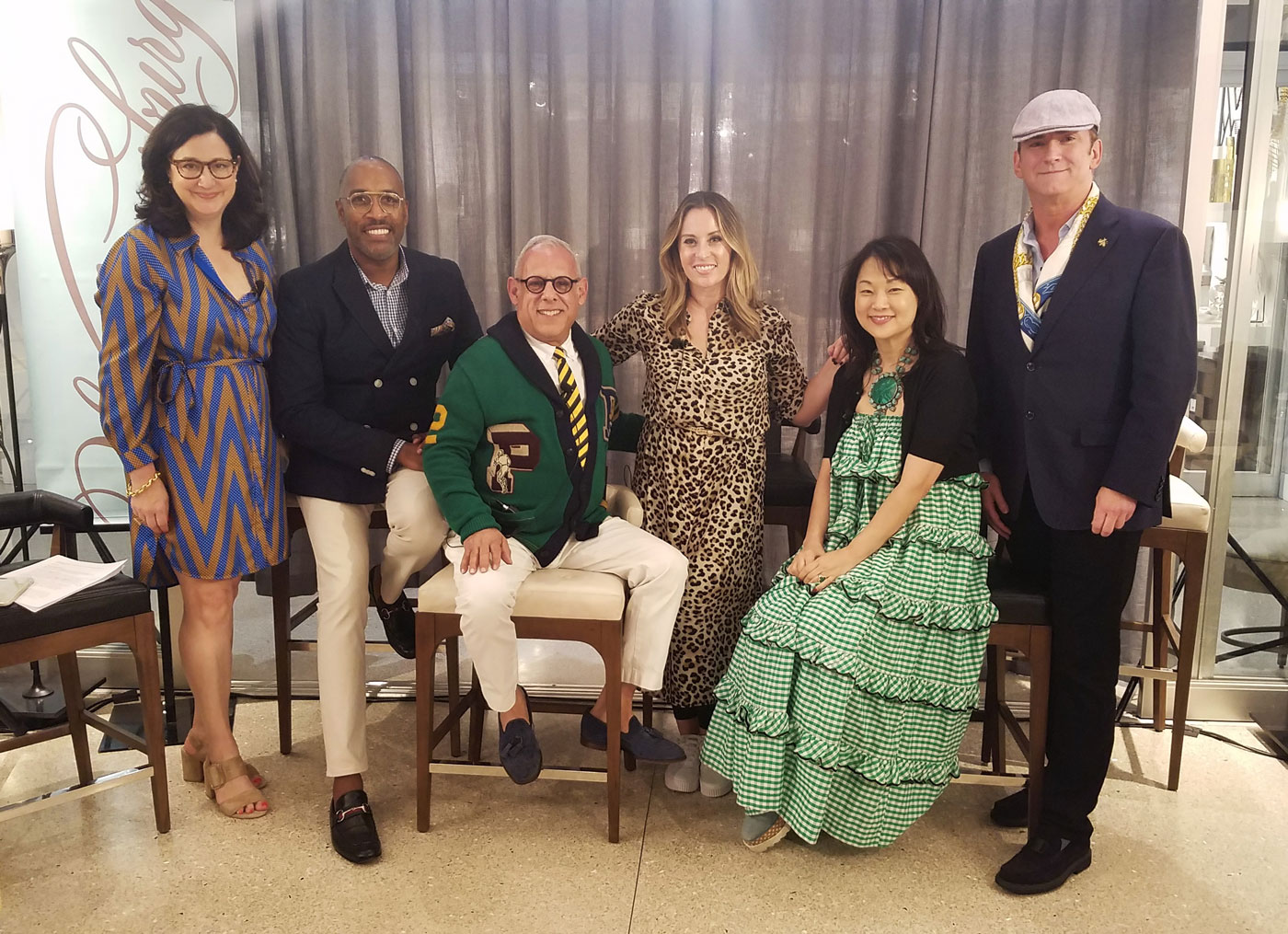How the Past can Energize your Present
Marina Case, CEO of The Red Shutters, has hosted several panels at High Point Market for WILLIAMSBURG. Below, she continues the conversation from an April panel at HIGH POINT MARKET on the history of American design. While Case writes to design professionals, we like to think creative inspiration is relevant to every career path.
Have you ever thought about how connecting to and being curious about history can help you make better design decisions? The math is actually pretty simple: History is Knowledge. Knowledge is Power. And Power is pretty Sexy... especially when it creates a clear path for you.
Throughout history, there are countless examples of how understanding history creates a strategic advantage. For example, during World War II General George Patton who had read the book, “Infantry Attacks” used its tactics to achieve decisive battle victories including one victory over the book’s author, Edwin Rommel, himself.
As designers, having a working knowledge of history is a game changer. Our work becomes a deeply layered understanding of the past. Yes, design is fresh and new. But a room’s relationship with history will always bring it to the forefront in the creative process. For example, I love to use 18th-century architecture and design as a reference point and often reflect the simplicity of the period in my work.
Pictured below is a panel of six designers who use the rich history of art and design to power their work today. Follow them to see their work and how history plays into their rooms and designs.

This distinguished panel met to discuss the topic of history of American design at High Point Market in April of 2019. High Point is where designers and other buyers gather to see what’s available on the market for their customers and discover new trends for the upcoming seasons. Continuing in their sponsorship of panel discussions at market, Williamsburg, the Product Licensing Branch of the Colonial Williamsburg Foundation, was happy to present this discussion within the showroom called Global Views, which is one of WILLIAMSBURG’s 30-plus licensed manufacturers.
During the conversation, the panelists came to a unanimous conclusion: Young designers who understand the history of their craft will outperform their peers today and forever. A designer’s relationship with history offers them more choices, and therefore more opportunities for creative decision making.
Here are a few ways we can do this:
- 1. Read about the great rooms in the great houses worldwide
The easiest way to become fluent in design history is to read the great books of our trade. For foundational decorating insight, try Elsie DeWolfe's The House in Good Taste. To learn about great American Furniture, read Albert Sack's Fine Points of Furniture. For background on great individual designers, try Carlton Varney's In the Pink: Dorothy Draper--America's Most Fabulous Decorator. To see great period rooms, read the Winterthur Books entitled American Furniture by Joseph Downs and Charles F. Montgomery. - 2. Visit the great houses
Be sure to visit the great houses of America. Some examples include Rosecliff in Newport, Rhode Island; The Biltmore Hotel in Asheville, North Carolina; the Nathaniel Hawthorne House in Charleston, South Carolina, and of course, the prominent domiciles at Colonial Williamsburg. - 3. Visit museums, including living history museums
Check out living history museums such as Deerfield in Massachusetts, Liberty Hall Museum in New Jersey, and Winterthur in Delaware. Also, the Mount Vernon Hotel in New York City, and, of course, the largest living history museum: Colonial Williamsburg. - 4. Observe textiles, wallpaper and furniture in documentaries and stylish history movies
There are many great movies that reflect history and design. Auntie Mame is one of our favorites and we also love the HBO John Adams series.
Check out WILLIAMSBURG’S Instargam to see how Colonial Williamsburg’s Product Licensing team continues to share the history and archives of Colonial Williamsburg! And listen in on the full discussion of the “American Design: Preserving Our Past, Charting the Future” panel here:
Marina has hosted several panels at High Point Market for WILLIAMSBURG and is passionate about re-igniting the interest of history in young people. Marina is fluent in traditional, modern and fun decorating styles. She uses and often mixes these iconic styles to tell each client’s unique story through their homes, workplaces and recreation spaces—and always in great taste. She has been honored as one of the Top 50 New York designers by New York Spaces and won national acclaim for her design of the Spa at Glenmere Mansion, named one of Top 100 places in the world to visit by Departures magazine. Among Marina’s other projects are the Tuxedo Park Library, Tuxedo Country Club and Liberty Hall Museum, the home of New Jersey’s first elected Governor and many generations of his family.